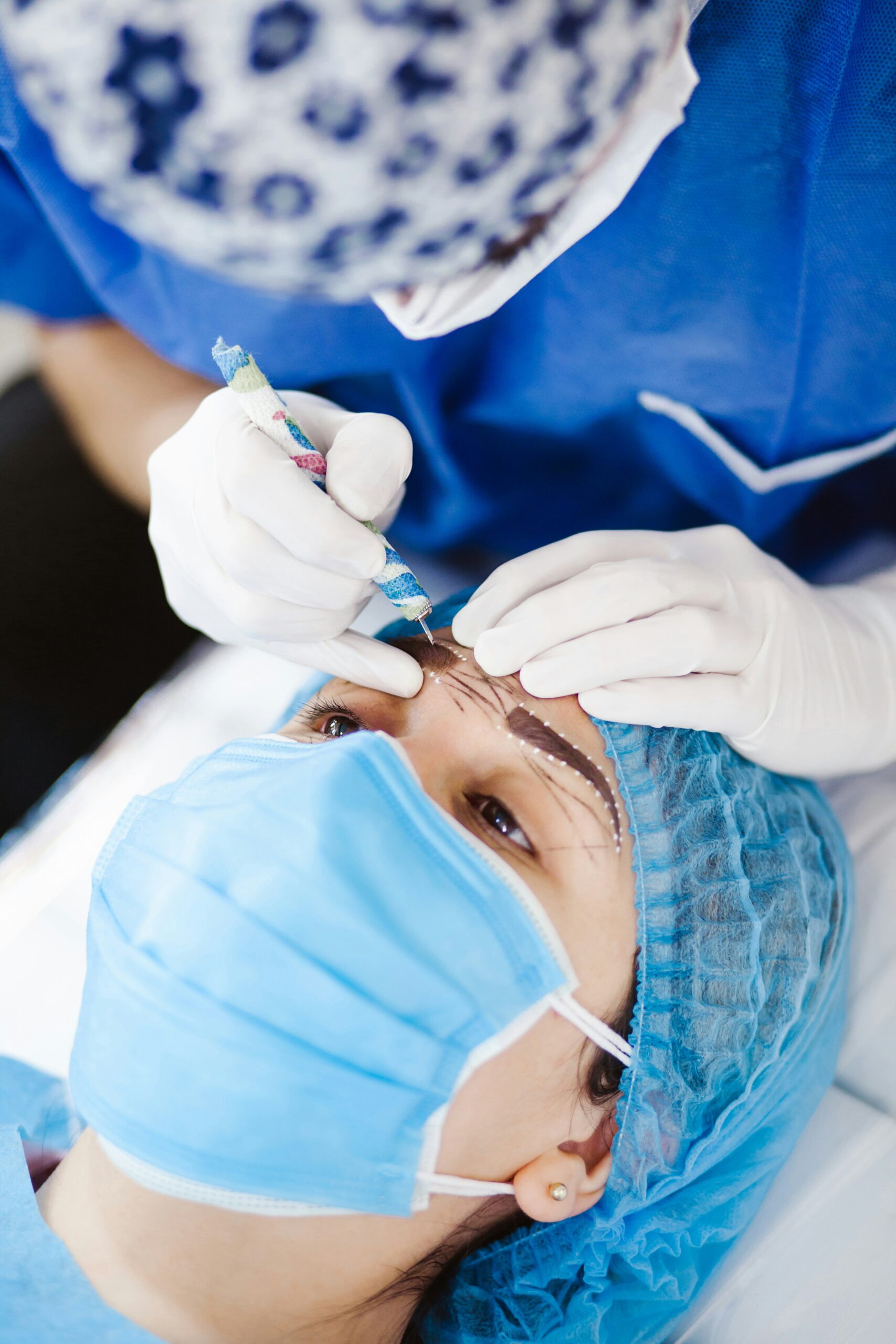
Refractive cataract surgery is an advanced procedure designed not only to remove cataracts but also to correct vision issues such as nearsightedness, farsightedness, and astigmatism. This modern surgery offers a potential solution for individuals looking to reduce their dependency on glasses or contact lenses. Understanding the procedure, its benefits, and possible risks is essential before deciding whether refractive cataract surgery is the right choice for you.
What Is Refractive Cataract Surgery?
Refractive cataract surgery combines the traditional cataract removal process with corrective vision techniques. During the surgery, the cloudy lens (cataract) is removed and replaced with a clear, artificial intraocular lens (IOL). Unlike standard cataract surgery, which primarily aims to improve vision clarity by removing the cataract, refractive cataract surgery utilizes special IOLs to address refractive errors as well. These IOLs are available in various types, including monofocal, multifocal, and toric lenses, each offering different levels of vision correction.
One of the primary advantages of this procedure is its ability to reduce or eliminate the need for glasses after cataract surgery. Many people experience improved vision and reduced reliance on corrective eyewear for both near and far distances. The use of advanced IOLs in refractive cataract surgery allows for more personalized treatment based on the patient’s specific vision needs.
Benefits of Refractive Cataract Surgery
Refractive cataract surgery offers several benefits beyond just clearing up cloudy vision. First and foremost, it enhances the overall quality of life by improving vision in various situations, such as driving, reading, and participating in outdoor activities. Many patients experience sharper and clearer vision than they had before developing cataracts, and some even achieve 20/20 vision without the need for corrective lenses.
Another significant benefit is the potential to reduce or eliminate the need for corrective eyewear, such as glasses or contact lenses. Patients who have worn glasses for many years, particularly those with nearsightedness, farsightedness, or astigmatism, may find that refractive cataract surgery offers them the freedom to live without the constant need for eyewear. By selecting the appropriate type of IOL for each patient’s unique visual needs, surgeons can help achieve the best possible vision without glasses after surgery.
Additionally, refractive cataract surgery can help prevent future vision problems associated with cataracts. Once a cataract begins to develop, it can significantly impact daily activities, leading to blurred vision, glare, and difficulty seeing in low-light conditions. By opting for refractive cataract surgery early in the cataract’s progression, many patients can restore and even improve their vision, reducing the risk of further deterioration.
The Procedure: What to Expect
Before undergoing refractive cataract surgery, it’s essential to have a thorough eye examination to determine the exact nature of your cataract and the type of IOL that will be most suitable for your needs. The surgeon will evaluate your vision, medical history, and specific surgical goals to ensure that the procedure will yield the best possible results.
On the day of the surgery, the process typically takes less than 30 minutes per eye. The patient will be given a local anesthetic to numb the eye, ensuring there is no pain during the procedure. Once the eye is numbed, the surgeon will make a small incision in the cornea and remove the cloudy lens. The new IOL will then be carefully implanted into the eye, where it will remain permanently in place. The incision is small enough that it usually does not require stitches, and the eye will heal quickly.
Most patients experience little to no discomfort during the procedure, although some may feel slight pressure. The recovery process is typically fast, with many individuals seeing noticeable improvements in their vision within a few days. Post-surgery instructions will be provided to prevent infection and ensure proper healing, which may include using prescribed eye drops and avoiding activities that could strain the eyes, such as heavy lifting or rubbing the eyes.
Potential Risks and Considerations
While refractive cataract surgery is generally considered safe, it is associated with potential risks and complications, like any surgical procedure. Infection, inflammation, and bleeding are rare but possible complications, and patients should be aware of the signs, such as persistent pain, redness, or visual disturbances. In most cases, complications can be managed effectively with medical treatment.
Another important consideration is that while refractive cataract surgery can significantly improve vision, it may not eliminate the need for glasses in all cases. Some patients, particularly those with presbyopia (age-related difficulty focusing on close objects), may still require reading glasses, even after the procedure. It’s essential to discuss expectations with the surgeon to ensure a clear understanding of the potential outcomes.
Additionally, not all individuals are suitable candidates for refractive cataract surgery. Certain medical conditions, such as severe dry eye, uncontrolled glaucoma, or retinal disorders, may render a patient ineligible for the procedure. A detailed consultation with an experienced ophthalmologist is necessary to determine whether refractive cataract surgery is a suitable option for each individual.
Post-Operative Care and Recovery
Following refractive cataract surgery, most patients can expect a relatively quick recovery, although the recovery time may vary from person to person. In the first few days after surgery, vision may be blurry, and patients may experience some discomfort, such as mild itching or a gritty feeling in the eye. These symptoms typically resolve as the eye heals.
Patients are usually advised to rest for the first day or two and avoid strenuous activities that could increase the risk of complications. Regular follow-up visits with the ophthalmologist will be scheduled to monitor the healing process and ensure that the eye is recovering properly. In some cases, patients may be prescribed eye drops to prevent infection or inflammation and aid in the healing process.
It’s essential to avoid touching or rubbing the eyes during the recovery period, as this can increase the risk of infection or dislodge the new IOL. Most patients can return to their normal activities within one to two weeks after surgery, although they may need to avoid swimming or using hot tubs for several weeks.